Chloe Hurst says she's always been an “emo, dark kid,” so when she and her husband bought a country bungalow in 2018, she set out to make it her “gothic dream home.” Inside, the home is filled with dark wallpaper, elaborate mirrors, taxidermy, printed occult symbols, and loads of black paint.
She applied that aesthetic to her own garden.
“I didn't want a normal garden,” says Hurst, a 29-year-old graphic designer from Ontario, Canada. “I wanted it to be a little spooky, like walking through a cemetery. A friend of mine who runs a nursery had these beautiful black petunias, which were exactly what I wanted. I started collecting really beautiful black plants.”
Hirst is part of an emerging group of gardeners who are creating highly individual, carefully curated outdoor spaces.
“Covid has really taken up gardening and created a whole new generation of people who are really into the hobby,” says Margaret Shields, head of plant breeding at Ball Horticultural Company. “But they're not looking for their grandmother's garden. They're looking for something that reflects who they are. Younger generations are looking for something that reflects their identity and I think that's why we're seeing a preference for darker colours.”
For Hurst, that identity is that of a “goth gardener.” She launched her plant-focused Instagram page, theg0thgarden, in 2023, and now has more than 225,000 followers. Her garden is also popular with her neighbors, at least most of them.
“All the neighbors I know love it, and most of the feedback I get is that people think it's cool,” Hurst says, “but I also have some very religious people in town who have left flyers on my door telling me to look for Jesus, and some who have said they're scared, but you can't really be scared of a plant.”
—
Victorian Revival
While goth gardening has coincided with a resurgence in “emo” and “goth” fashion and culture (see: Netflix's hit show “Wednesday”), it's by no means a new idea: According to British author and garden historian Caroline Holmes, goth gardening originated with the Victorians.
“In the Victorian era, beauty was in the eye of the beholder,” she says, “and they expressed that beauty in their gardens in their own way.” Often, that meant creating outdoor spaces with a slightly melancholic feel, with winding paths, shady hideaways, and sometimes, apparently, tributes to the deceased.
“This is when people started to have more modest gardens, not just large plots of land, but also things like pet cemeteries and little memorials in the garden,” Holmes says. The garden's atmosphere was further enhanced by the widespread use of statues, especially those inspired by mythology. Hirst said he looked to the Victorians for inspiration here.
“I love statues,” she says, “this year I added a bunch of angel statues that look like they're crying. I also have some big urns and trellises. I also recently bought what looks like a giant birdcage. It's really quirky and I love it.”
Plants popular in Victorian times are also well suited to damp, dark corners. “Moss houses were all the rage,” says Holmes. “Garden buildings that were very dark, had stained glass and were filled with different kinds of moss were very popular. There was also a fern craze – people were obsessed with collecting ferns, and ferns generally thrive in the shade.”
—
Black flower breeding
Many modern goth gardeners incorporate shade-loving plants, mirrors and stained-glass decor into their outdoor spaces, but they have access to something the Victorians didn't have: breeding techniques that allow scientists to create all kinds of dark-colored flowers and foliage.
In 2011, Ball Horticulture began selling the first black petunias, Pinstripe, Black Velvet and Phantom, and today Goss gardeners can find countless varieties of black and other dark-colored plants and flowers.
“Black Hero tulips are my favourite,” says Hurst, “they look like peonies but are a deep purple, almost black. There's also the slightly smaller Queen of the Night tulip, which is one of the first to bloom in my garden each spring.” To add atmosphere, Hurst also likes black mondo grass and Arabian night calla lilies.
Ball Horticulture recently introduced a black angelonia variety called Angel Flare and Tattoo Black Cherry Vinca, a deep pink flower that looks like it's been painted with deep purple ink.
Growers looking for even deeper colors can look for sweet potato vines in varieties such as Black, Sweet Caroline Sweetheart Jet Black and Solar Power. There are also plenty of dark vegetable varieties available, including herbs and lettuces in deep red and purple, burgundy broccoli, and tomatoes and peppers in shades of brown and black.
Hurst says she's always on the lookout for the next shade plant to add to her garden. “It's an expensive hobby, but I can't imagine giving up,” she says. “I'm dying to get my hands on this new black hydrangea.” [the Eclipse bigleaf hydrangea] With these beautiful dark leaves.”
Shields says her team is working steadily to introduce even darker plant varieties. “Plant breeding follows trends a bit,” she says. “Over the last decade, black walls and doors started to become popular in homes, and flowers started to become popular as well. Novelty is something we're always looking for.”
Hirst is excited by the popularity of her goth garden, but says that for her it's not about following trends, but rather creating a space that helps tell her own story.
“I always say it's like gardening in dark mode,” she says, “Don't get me wrong, I think the more traditional bright pinks and purples in other people's gardens are beautiful, but I love that my garden somehow creates an almost ghostly story. That's what I love most about gardening is creating really cool stories in the garden.”
—
Kate Morgan is a freelance writer living in Richland, Pennsylvania.
Black mondo grass in Hirst's garden. Credit: Chloe Hirst
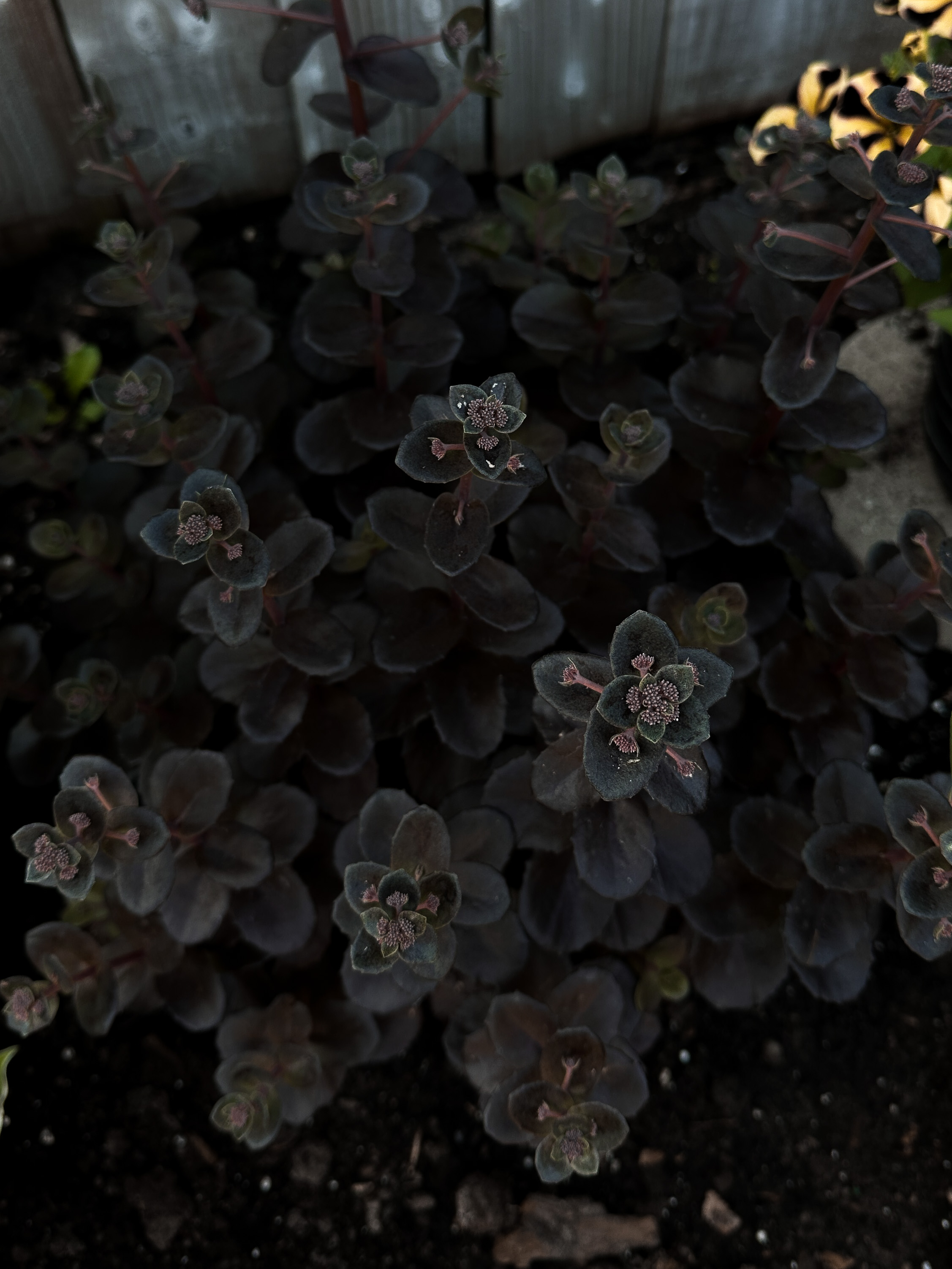
Sedum night embers in Hirst's garden. Credit: Chloe Hirst
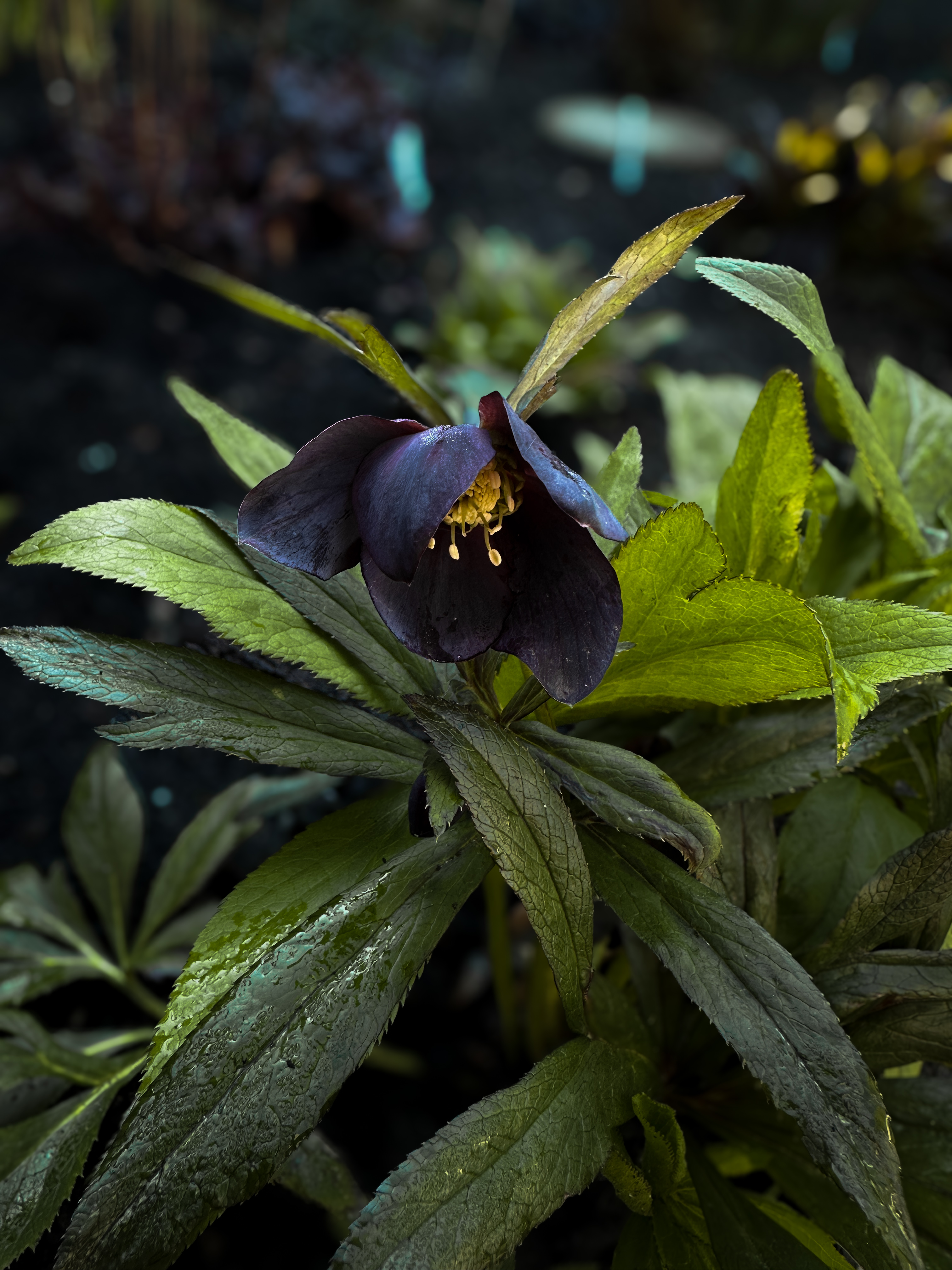
New York night hellebore in Hirst's garden. Credit: Chloe Hirst
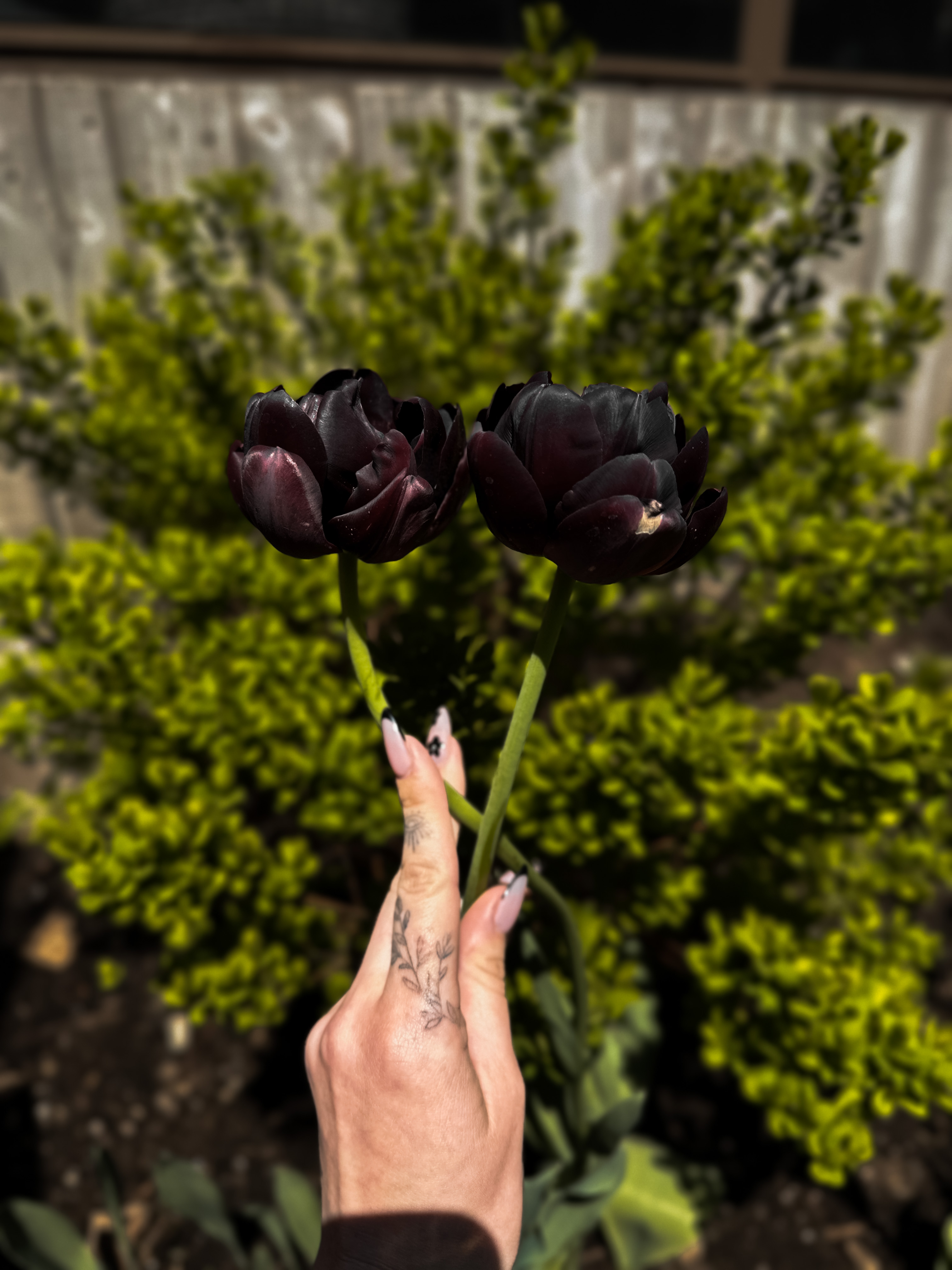
Black Hero Tulips in Hirst's garden. Credit: Chloe Hirst
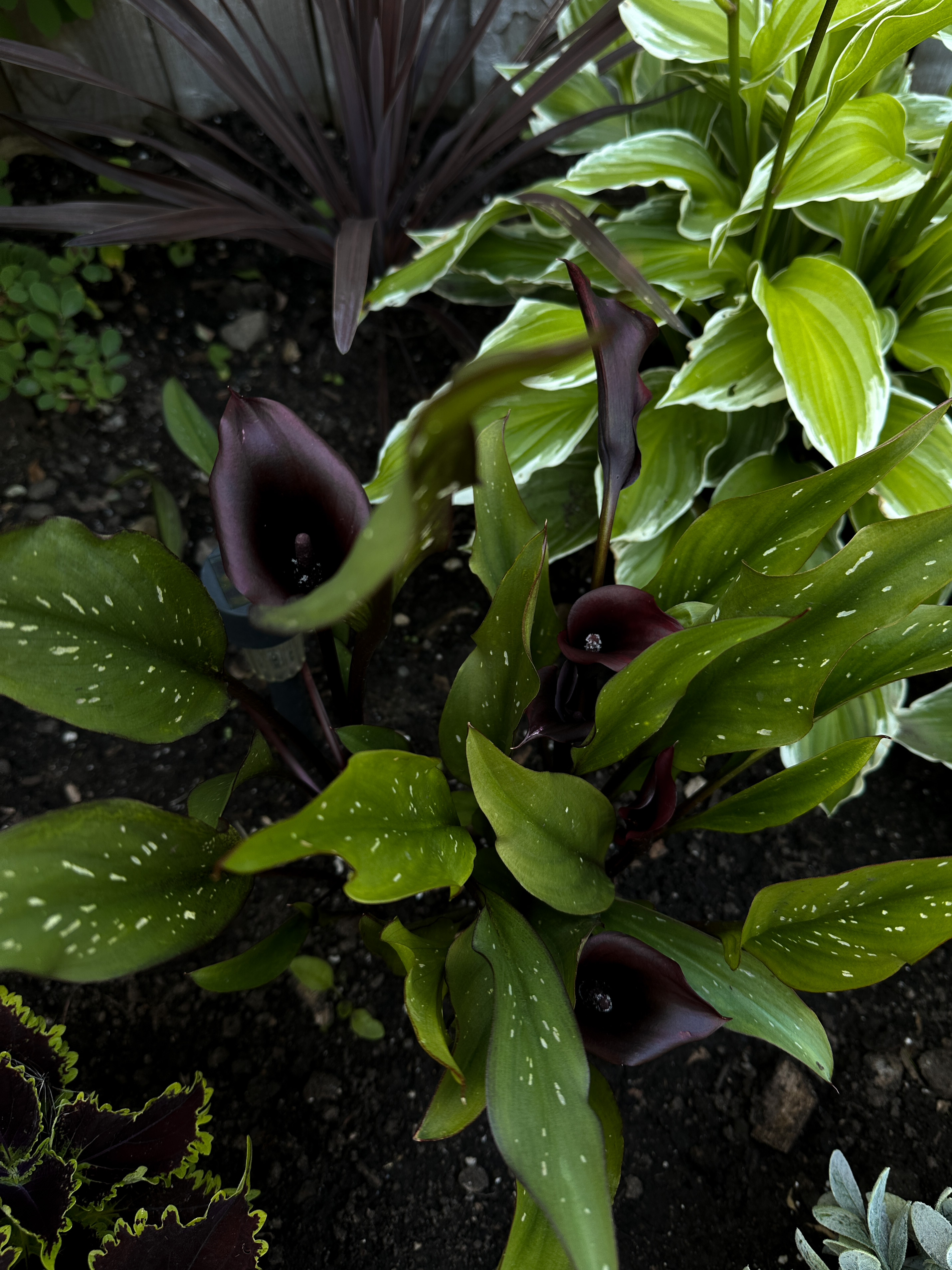
Arabian Nights Colours in Hirst's garden. Credit: Chloe Hirst
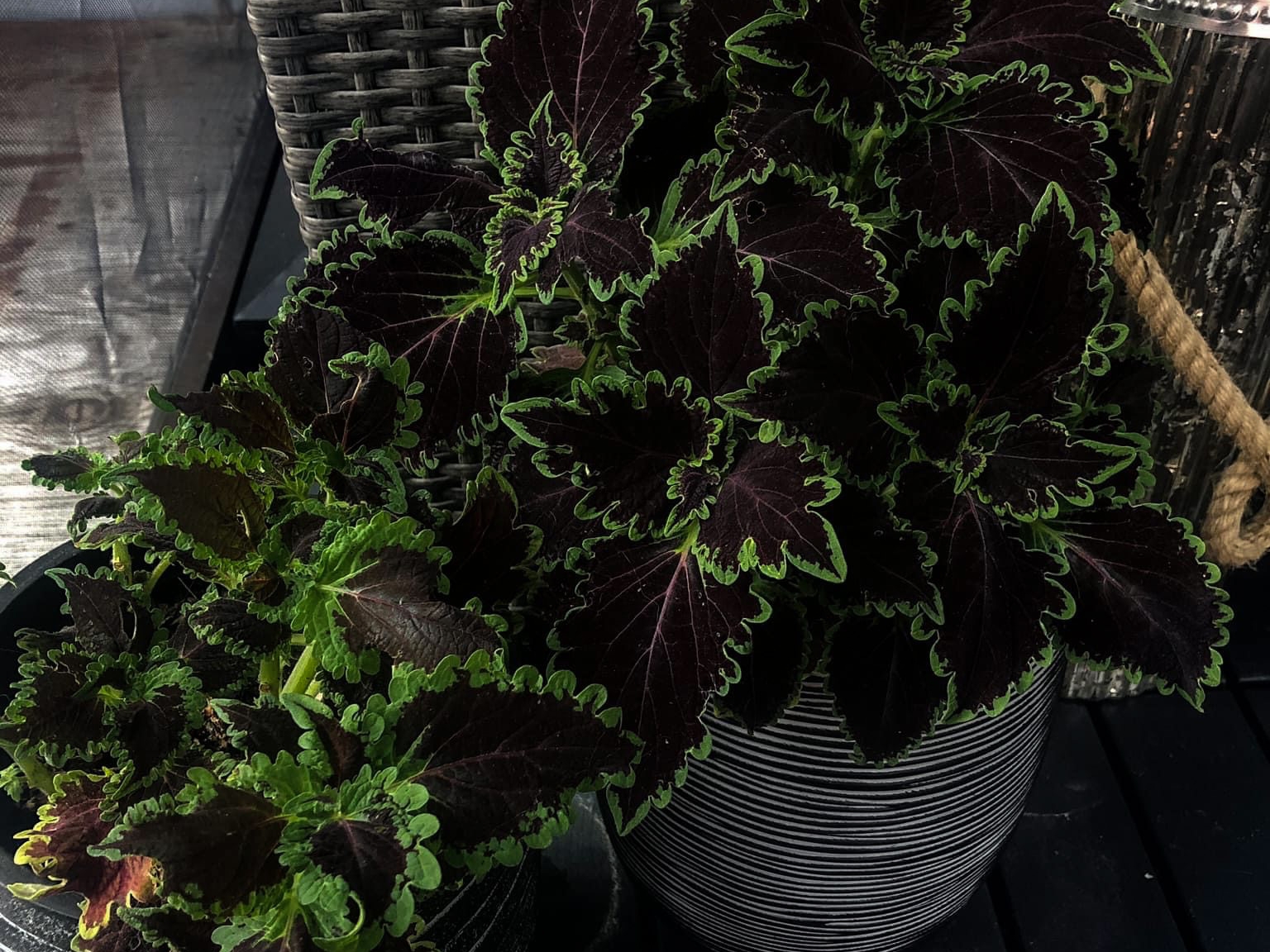
Wicked Witch Coleus in Hirst's garden. Credit: Chloe Hirst
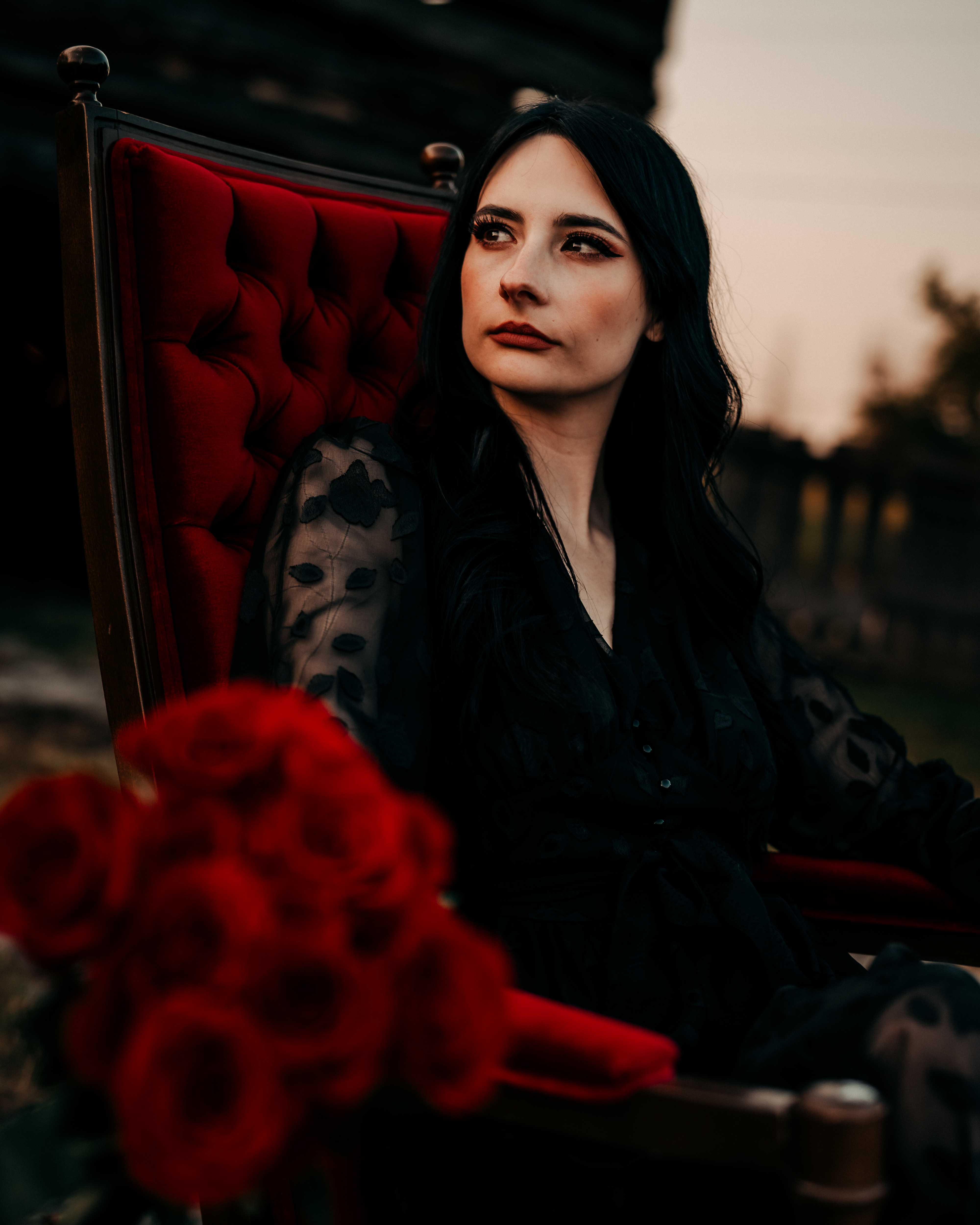
“I love that my garden is the setting for this terrifying ghost story,” Hurst said. Credit: TJ Overton


